Stars Quiz 2
5.0(1)
5.0(1)
Card Sorting
1/43
Earn XP
Description and Tags
Stars and Stardom
Study Analytics
Name | Mastery | Learn | Test | Matching | Spaced |
|---|
No study sessions yet.
44 Terms
1
New cards
Characteristics of the 19th century European theatre that affected stardom
Theatre was THE dominant form of public entertainment in 19th-century Europe and the Americas
Large theatres were packed with members of all social classes
Celebrity actors were adulated, but many came from marginalized communities, coped with social ostracism, and worked very long hours, touring extensively
Large theatres were packed with members of all social classes
Celebrity actors were adulated, but many came from marginalized communities, coped with social ostracism, and worked very long hours, touring extensively
2
New cards
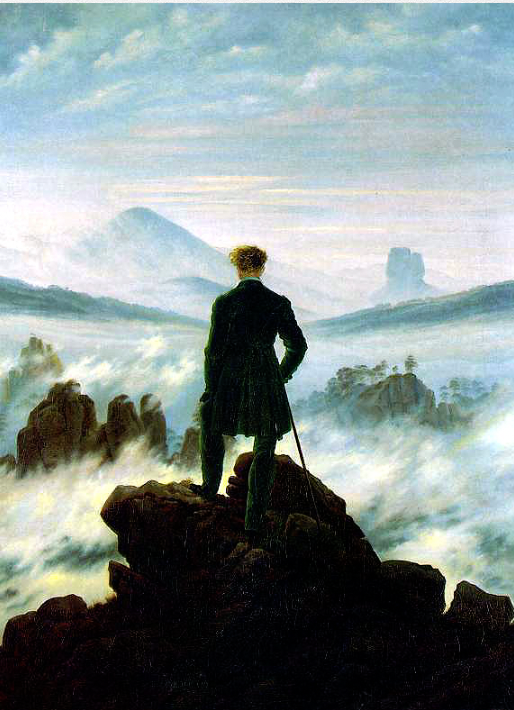
Links between romanticism and stardom
Romantic artists and thinkers celebrated:
* Passion/ emotion over reason as a source of truth and understanding
* Individual subjectivity and imagination
* The cult of genius: The "cult of genius" refers to a cultural belief that certain individuals possess an innate and exceptional talent or intelligence that sets them apart from the rest of the population.
"Romantic performance style focuses on inviting audiences to surrender to strong emotions" (Sharon Marcus, "Sensation" from The Drama of Celebrity)
* Passion/ emotion over reason as a source of truth and understanding
* Individual subjectivity and imagination
* The cult of genius: The "cult of genius" refers to a cultural belief that certain individuals possess an innate and exceptional talent or intelligence that sets them apart from the rest of the population.
"Romantic performance style focuses on inviting audiences to surrender to strong emotions" (Sharon Marcus, "Sensation" from The Drama of Celebrity)
3
New cards
Aspects of Romantic actors' private lives that fed their celebrity
Struggles against discrimination (Aldridge's fight against anti-Black racism; Rachel's and Bernhardt's struggles with anti-Semitism)
Struggles with ill-health (Rachel's and Bernhardt's chronic lung disease; Bernhardt's loss of a leg due to injury; Kean's alcoholism)
Scandalous love lives (Kean and Aldridge both named as adulterous lovers in divorce cases; Rachel and Bernhardt both open about their love affairs and bear children out of wedlock)
Exotic pets (Kean's lion; Bernhardt's cheetah and alligator)
Struggles with ill-health (Rachel's and Bernhardt's chronic lung disease; Bernhardt's loss of a leg due to injury; Kean's alcoholism)
Scandalous love lives (Kean and Aldridge both named as adulterous lovers in divorce cases; Rachel and Bernhardt both open about their love affairs and bear children out of wedlock)
Exotic pets (Kean's lion; Bernhardt's cheetah and alligator)
4
New cards
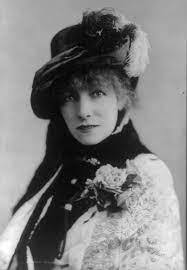
The four ways Bernhardt achieved "exteriority effects: according to Sharon Marcus
Hyperextension: a tendency to send different body parts in opposing directions
Tempo variation: eg, between rushing and stillness
Framing: An ability to fix the audiences attention, eg through dramatic entrances or exits, or though isolated gestures
Mobility: A deliberate and even exaggerated use of full physical and vocal movement
Tempo variation: eg, between rushing and stillness
Framing: An ability to fix the audiences attention, eg through dramatic entrances or exits, or though isolated gestures
Mobility: A deliberate and even exaggerated use of full physical and vocal movement
5
New cards
Key characteristics of Beijing (Peking) Opera
Highly sophisticated theatrical style
In its classic form, it features relatively minimal scenery but elaborative costumes and bravura performance skills (singing, dancing, acrobatics) Even the smallest props and hand gestures convey meaning to knowledgable audiences
In its classic form, it features relatively minimal scenery but elaborative costumes and bravura performance skills (singing, dancing, acrobatics) Even the smallest props and hand gestures convey meaning to knowledgable audiences
6
New cards
Women's (Dan) role types in Beijing (Peking) Opera
Peking opera roles were historically codified by gender and by role type. Dan or Tan (Female roles) traditionally included such types as:
* Lao Dan: Old women
* Qingyi: Refined, elegant, and modest women (often wives and mothers)
* Hua Dan: Vivacious and animated unmarried women (often courtesans)
* Daoma Dan: Warrior women
* huashan: a vivacious AND virtuous woman, introduced by Mei Lanfang
* Lao Dan: Old women
* Qingyi: Refined, elegant, and modest women (often wives and mothers)
* Hua Dan: Vivacious and animated unmarried women (often courtesans)
* Daoma Dan: Warrior women
* huashan: a vivacious AND virtuous woman, introduced by Mei Lanfang
7
New cards
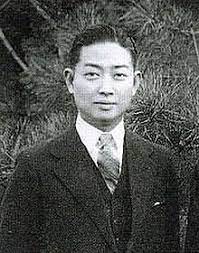
Relationship between Mei Lanfang's private and public lives
Mei was hugely popular with women (fashion icon/ image of changing feminine roles), but his critics objected: "can a man who plays women truly be called 'the king of actors?'"
Married three times (always to women who had played dan roles onstage). Mei strove publicly to separate himself from a traditional association between dan actors and homosexual relationships
Married three times (always to women who had played dan roles onstage). Mei strove publicly to separate himself from a traditional association between dan actors and homosexual relationships
8
New cards
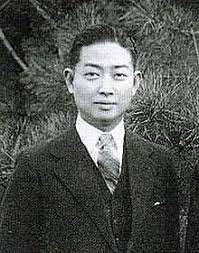
Reception of Mei Lanfang in China, America and the Soviet Union
Mei in America
"We bring you the best pf what has evolved in the millennia of China's drama" (Programme for Mei's American Tour)
"[Beijing Opera] is stylized, conventionalized, and as old as the hills. It is, in fact, an arrested form of classical drama. [...] The chief impression [of Mei's performance] is one of grace and beauty, [...] and of living antiquity" (New york times
Mei in Moscow
For Bertolt Brecht, Mei became the image of the "alienation effect": an effect by which the actor reminds the audience that it is watching a fiction, and thus encourages them to look critically at what they are seeing. "The chinese actor eschews complete transformation. He confines himself at the outset to merely quoting the character. [...] What western actor, with the exception of a comedian or so, could do what mei lanfang foes- show the elements of his craft clad in evening dress in a room with no special lights before an audience of professionals?"
"We bring you the best pf what has evolved in the millennia of China's drama" (Programme for Mei's American Tour)
"[Beijing Opera] is stylized, conventionalized, and as old as the hills. It is, in fact, an arrested form of classical drama. [...] The chief impression [of Mei's performance] is one of grace and beauty, [...] and of living antiquity" (New york times
Mei in Moscow
For Bertolt Brecht, Mei became the image of the "alienation effect": an effect by which the actor reminds the audience that it is watching a fiction, and thus encourages them to look critically at what they are seeing. "The chinese actor eschews complete transformation. He confines himself at the outset to merely quoting the character. [...] What western actor, with the exception of a comedian or so, could do what mei lanfang foes- show the elements of his craft clad in evening dress in a room with no special lights before an audience of professionals?"
9
New cards
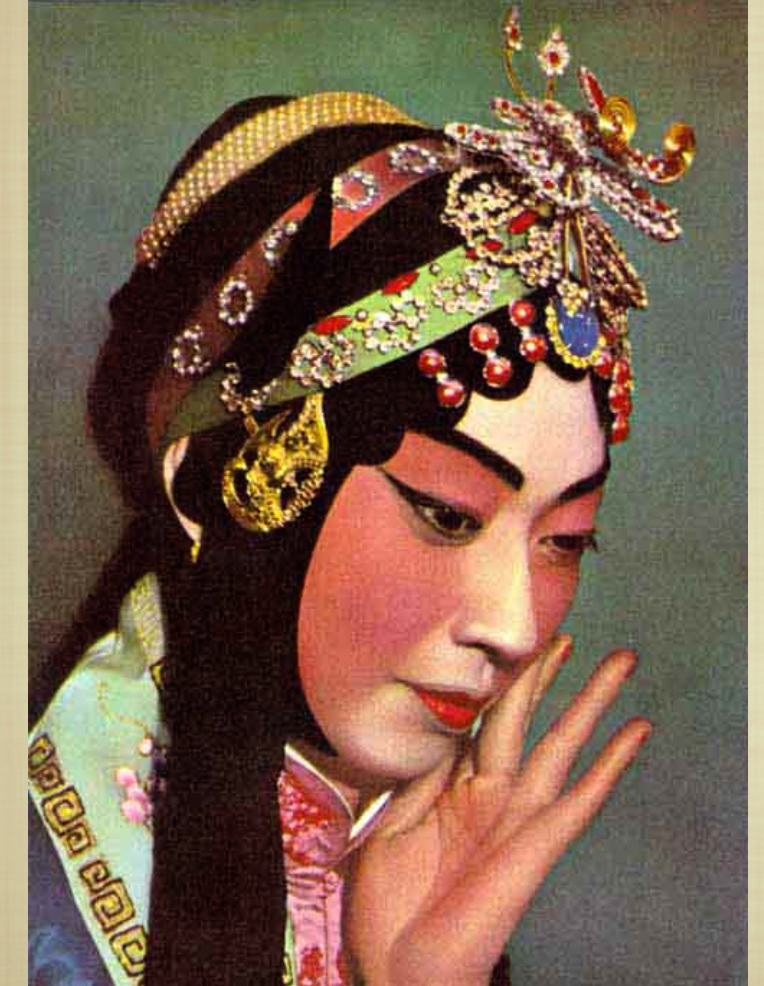
Joshua Goldstein's concept of 'tactical Orientalism'
National Culture = National Drama = Peking Opera = Mei Lanfang → Mei Lanfang = Chinese national culture.
This reversal of the equation is precisely the moment of essentialism
Moment of essentialism: the moment when the particular icon is instantaneously mistaken as symbolic of the universal it supposedly embodies. We could describe Mei’s U.S. tour as an instance of tactical Orientalism, in that, through the tour, Mei tactically employed the Western Orientalist gaze to help achieve this essentializing flip; In the United States there was neither doubt nor tension over the idea that a particular Chinese person, Mei Lanfang, or a specific cultural form, Peking opera, could embody the Chinese essence, could represent China.
This reversal of the equation is precisely the moment of essentialism
Moment of essentialism: the moment when the particular icon is instantaneously mistaken as symbolic of the universal it supposedly embodies. We could describe Mei’s U.S. tour as an instance of tactical Orientalism, in that, through the tour, Mei tactically employed the Western Orientalist gaze to help achieve this essentializing flip; In the United States there was neither doubt nor tension over the idea that a particular Chinese person, Mei Lanfang, or a specific cultural form, Peking opera, could embody the Chinese essence, could represent China.
10
New cards
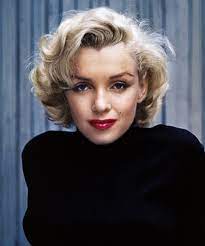
Facets of Marilyn Monroe's stage image
Her roles in films were archetypal ones fashioned for the male gaze The dumb blonde, the blonde bombshell She became famous for the mingled sexuality and innocence of her persona Many aspects of Monroe's star image became synonymous with 1950's American identity
* The "White goddess"- implicit link of ideal screen femininity with whiteness and white supremacy
* The "Material girl"- link between Monroe's characters and images of women as consumers within the booming postwar capitalist economy
* The Hero's girlfriend- in private life, Monroe's romance and marriage to a beloved baseball star Joe DiMaggio sealed her image as an American Icon
As a sex symbol: In an era defined both by a fascination with sexuality (eg, the Kinsey Reports) and by an effort to reassert binary gender roles after the war, Monroe became a quintessential, complicated “sex symbol”
* The "White goddess"- implicit link of ideal screen femininity with whiteness and white supremacy
* The "Material girl"- link between Monroe's characters and images of women as consumers within the booming postwar capitalist economy
* The Hero's girlfriend- in private life, Monroe's romance and marriage to a beloved baseball star Joe DiMaggio sealed her image as an American Icon
As a sex symbol: In an era defined both by a fascination with sexuality (eg, the Kinsey Reports) and by an effort to reassert binary gender roles after the war, Monroe became a quintessential, complicated “sex symbol”
11
New cards
Monroe's rebellion against the Studio system
In the mid 1950s, Monroe rebelled against the roles she was being assigned by Twentieth-Century Fox, which called "the same old sex roles." In 1954, she:
- Married Joe DiMaggio despite the Studios' pressure on her to remain single
- Founded Marilyn Monroe Productions
- Moved from Hollywood to New York and began training at the Actor's Studio to develop her skills as a performer
By 1956, Monroe had signed a much improved contract with the Studio and won a critical acclaim for her performance in Bus Stop
- Married Joe DiMaggio despite the Studios' pressure on her to remain single
- Founded Marilyn Monroe Productions
- Moved from Hollywood to New York and began training at the Actor's Studio to develop her skills as a performer
By 1956, Monroe had signed a much improved contract with the Studio and won a critical acclaim for her performance in Bus Stop
12
New cards
Star as Celebrity
1955: Monroe divorced DiMaggio and dated first actor Marlon Brando, then playwright Arthur Miller, who was under investigation by the House Un-American Activities Committee for his left-wing views
1956: Monroe married Miller and converted to Judaism; headlines declared, "Egghead weds hourglass"
1956-61: Monroe's and Miller's marriage slowly broke down, Monroe had publicized affairs with co-stars such as Yves Montand.
1961: Monroe and Miller divorced, rumours began about affairs between Monroe and John. F. Kennedy and/or Robert Kennedy
1956: Monroe married Miller and converted to Judaism; headlines declared, "Egghead weds hourglass"
1956-61: Monroe's and Miller's marriage slowly broke down, Monroe had publicized affairs with co-stars such as Yves Montand.
1961: Monroe and Miller divorced, rumours began about affairs between Monroe and John. F. Kennedy and/or Robert Kennedy
13
New cards
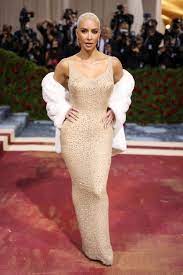
Other stars' citations and tributes to Marilyn Monroe
Elton John: Candle in the wind song
Tom Tierney's Marilyn Monroe paper dolls
Stars playing Monroe: Michelle Williams, Ana de Armas
Stars citing Monroe: Kim Kardashian, Lindsay Lohan, Beyonce
Andy Warhol, Marilyn Diptych (1962) (pop art)
Tom Tierney's Marilyn Monroe paper dolls
Stars playing Monroe: Michelle Williams, Ana de Armas
Stars citing Monroe: Kim Kardashian, Lindsay Lohan, Beyonce
Andy Warhol, Marilyn Diptych (1962) (pop art)
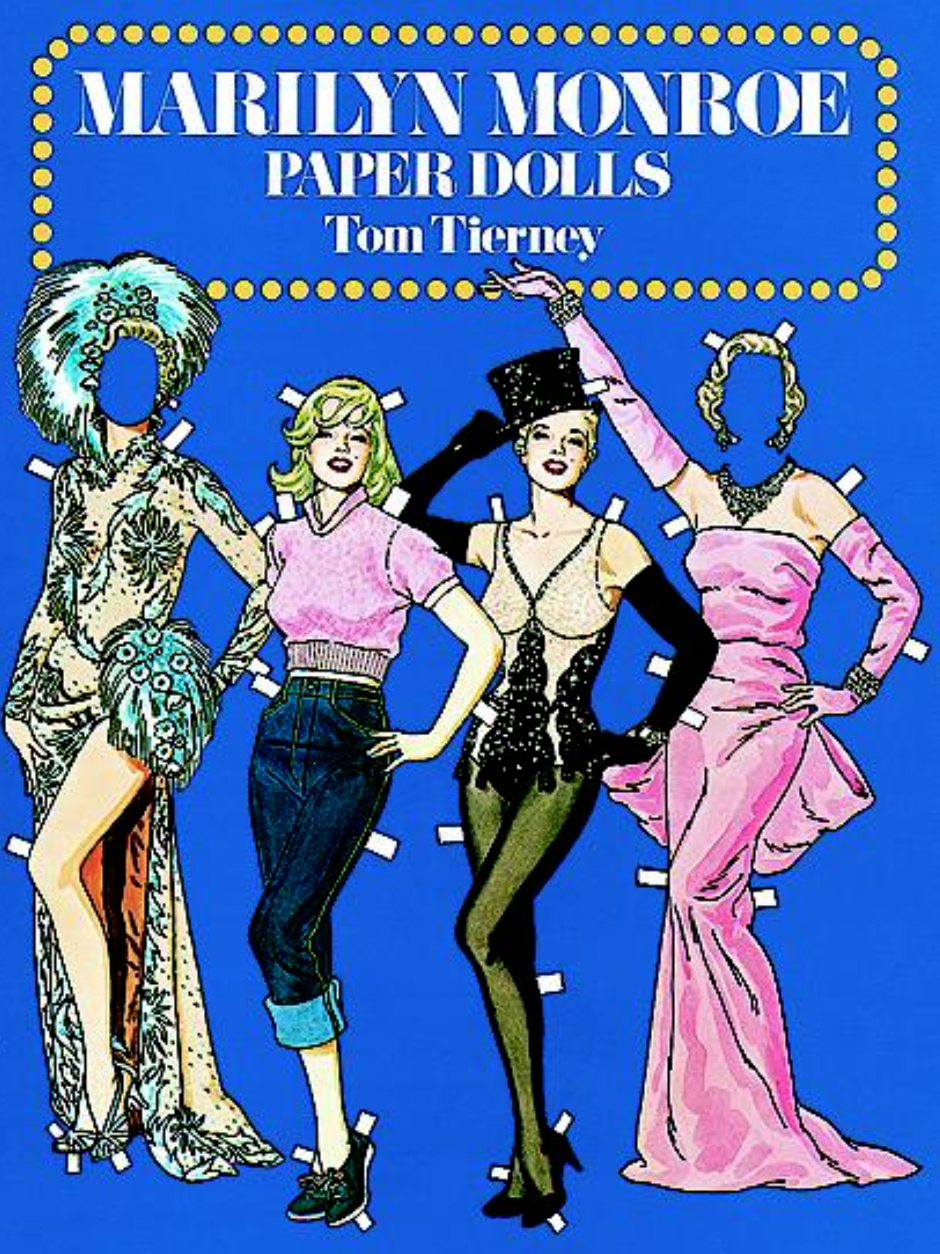
14
New cards
Star's importance in Bollywood Cinema
Hindi Cinema, colloquially known as "Bollywood: in honour of its centre in Mumbai (formerly Bombay), is currently the world's single largest film industry in terms of production and viewership.
Having emerged in the 1910s, around the same time as Hollywood, Hindi Cinema hit its first Golden age in the late 1940s and 50s, in the wake of India's independence and the partition of India and Pakistan From this era onwards, Bollywood has been closely associated with its acting stars, many more of whom than in Hollywood have been the leaders and owners of production studios
Having emerged in the 1910s, around the same time as Hollywood, Hindi Cinema hit its first Golden age in the late 1940s and 50s, in the wake of India's independence and the partition of India and Pakistan From this era onwards, Bollywood has been closely associated with its acting stars, many more of whom than in Hollywood have been the leaders and owners of production studios
15
New cards
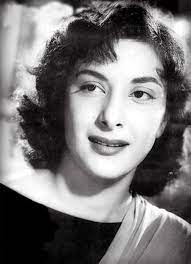
Reasons for Nargis's reputation as a symbol of India and Indian cinema
"What \[Nargis\]... achieved in sum was a walk into history. In every way she was Indian womanhood itself. In many ways she was Indian cinema. In some ways, she was India"- TJS George
Played Radha, the long-suffering and often-sacrificing wife and mother India (central role) in Mother India
Priya writes that through this film Nargis came to be identified as "the symbolic representation of the newly formed nation-state". She fit neatly into post-independent Indian cultural geography as the emblem for a decolonized, post-independence India, thus, any analysis of Nargis is already mapped into the field of intertextuality comprised of her star persona and her role as Radha, along with the symbolic weight of Mother India
Played Radha, the long-suffering and often-sacrificing wife and mother India (central role) in Mother India
Priya writes that through this film Nargis came to be identified as "the symbolic representation of the newly formed nation-state". She fit neatly into post-independent Indian cultural geography as the emblem for a decolonized, post-independence India, thus, any analysis of Nargis is already mapped into the field of intertextuality comprised of her star persona and her role as Radha, along with the symbolic weight of Mother India
16
New cards
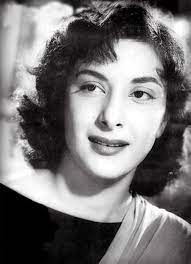
Range of Nargis's roles
Mother India (Drama, role as a leader and a mother)
Chori chori (romance, involves singing)
Awara (more modern, an independent, intelligent lawyer)
Chori chori (romance, involves singing)
Awara (more modern, an independent, intelligent lawyer)
17
New cards
Stereotyped roles associated with African-American actors in Hollywood
'Uncle Tom': a black person who is humiliatingly subservient or deferential to white people
'Mammy': subservient black women who work in a white family and nurse the family's children (maid, nanny, housekeeper)
'Mammy': subservient black women who work in a white family and nurse the family's children (maid, nanny, housekeeper)
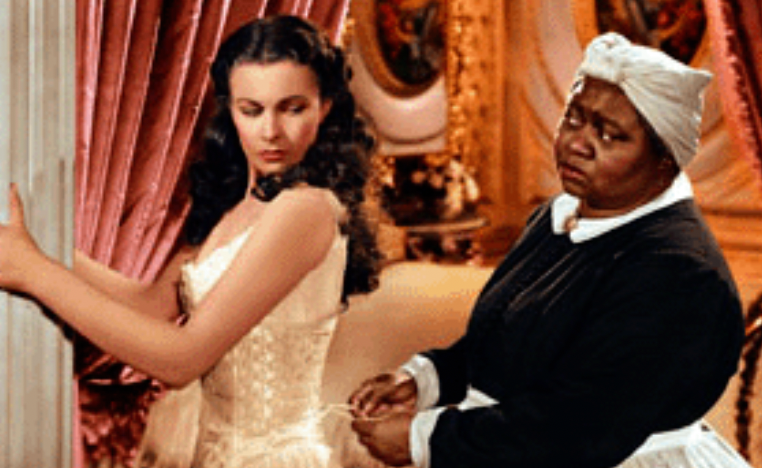
18
New cards
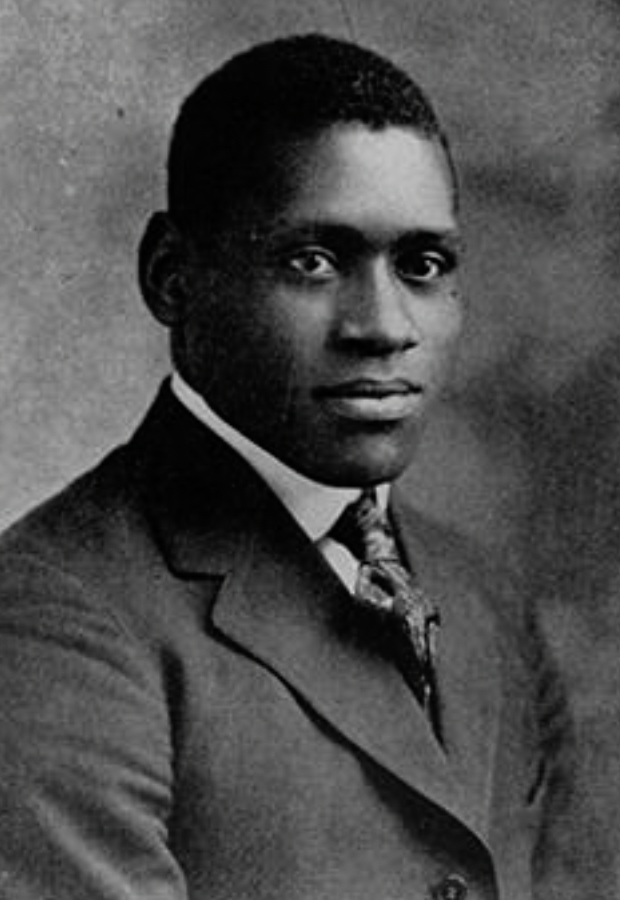
Key stage and screen roles of Paul Robeson
He gained fame on stage in plays by Eugene O'Neill and in the musical Show Boat, going on to play Othello to great acclaim in England in 1930
He achieved Hollywood stardom with his roles in The Emperor Jones (1933) and in the film version of Show Boat (1936)
One of the first African Americans to achieve unquestioned stardom on screen and stage
He achieved Hollywood stardom with his roles in The Emperor Jones (1933) and in the film version of Show Boat (1936)
One of the first African Americans to achieve unquestioned stardom on screen and stage
19
New cards
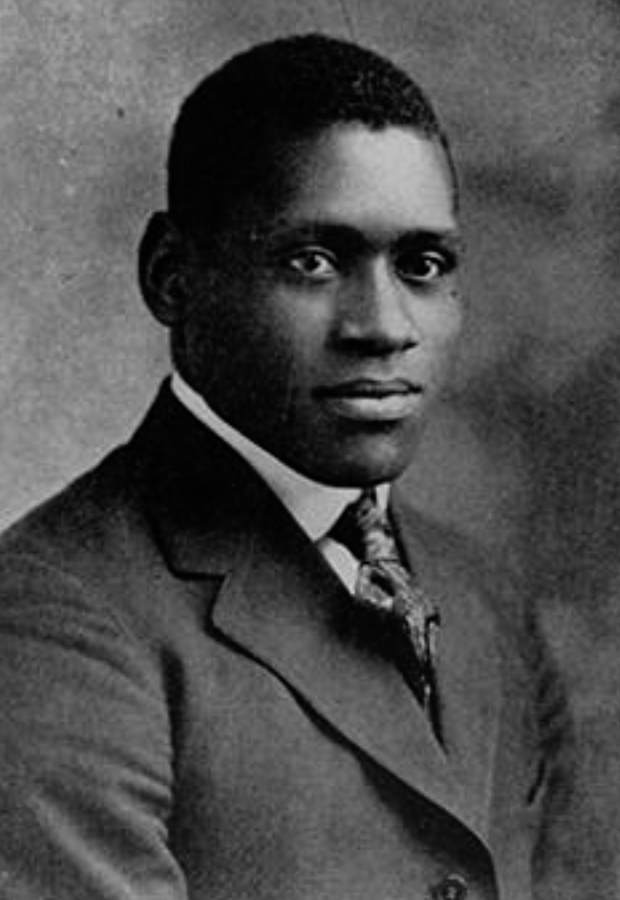
Paul Robeson's activist use of his stardom
"As well as naming Hollywood the epitome of the racist film industry, Robeson here constructed movie stardom as a kind of currency. Stardom, the logic goes, bought him the leverage to demand the kind of roles he wanted." (Spohrer, p.164)
Robeson made few films in Hollywood and more in Britain, where he starred in 'working man' dramas such as The Proud Valley
These films were part of his transition to the public role of an activist for civil and human rights: a public role that all but destroyed his performing career in the McCarthy era
Robeson made few films in Hollywood and more in Britain, where he starred in 'working man' dramas such as The Proud Valley
These films were part of his transition to the public role of an activist for civil and human rights: a public role that all but destroyed his performing career in the McCarthy era
20
New cards
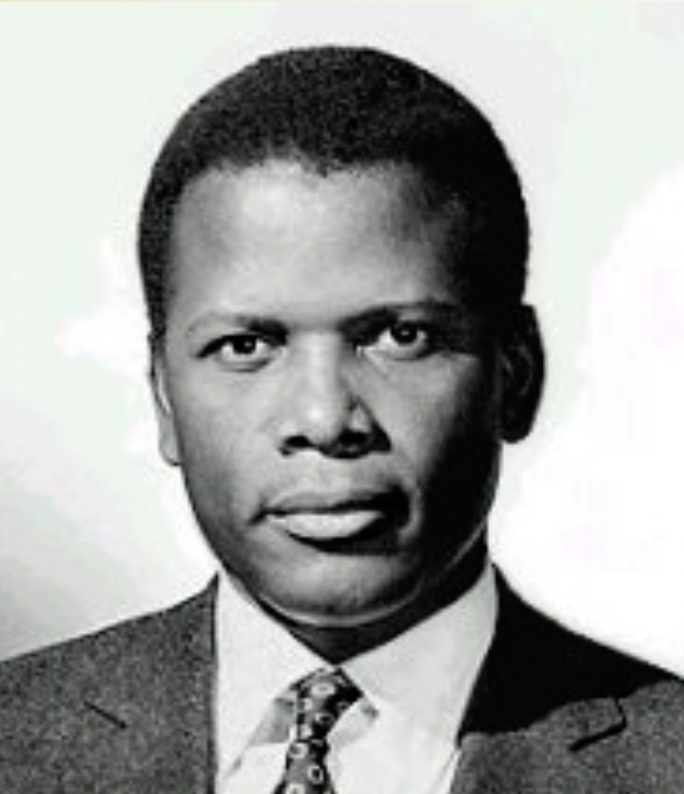
Sidney Poitier's persona
Robeson great inheritor was Sidney Poitier, one of the most admired leading men of the 1960s
Well-known for playing strong, intelligent, and dignified heroes, Poitier was the first African American performer to win a Best Actor Oscar (for Lilies of the Field, 1963)
Well-known for playing strong, intelligent, and dignified heroes, Poitier was the first African American performer to win a Best Actor Oscar (for Lilies of the Field, 1963)
21
New cards
Limitations on Black actresses in classical Hollywood
African-American female-identified stars have had to navigate multiple intersecting layers of stereotyping and objectification, and for many years appeared in Hollywood films almost exclusively as nightclub singers, "exotic" seductresses, and/or "tragic mulattos/ mulattas"
22
New cards
Blaxploitation cinema
Blaxploitation action films of the 1970s, which were known for:
Overt sexuality, especially objectification of women
Graphic violence
Focus on the urban African-American 'underworld'
Pam Grier
Overt sexuality, especially objectification of women
Graphic violence
Focus on the urban African-American 'underworld'
Pam Grier
23
New cards
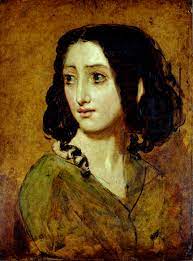
Rachel Felix
Elisa Rachel Feliz (Mademoiselle Rachel) Comes from Ashkenazi Jewish ancestry
Born in Switzerland, 1821, the daughter of impoverished pedlars Moves to Paris with her family and begins her stage career in her early teens
Becomes a member of the Comedie-Francaise (France's national theatre), famous for her performances in the classic French dramas of Racine and Corneille
Is celebrated across Europe and in the Americas; personally given gifts by Queen Victoria, the Emperor of Russia, etc.
Has many very public love affairs and bears 2 children, but never marries, saying "I prefer renters to owners" Dies of tuberculosis at age 37
Looks stoic, sophisticated, above everyone else, wealthy in photos
Born in Switzerland, 1821, the daughter of impoverished pedlars Moves to Paris with her family and begins her stage career in her early teens
Becomes a member of the Comedie-Francaise (France's national theatre), famous for her performances in the classic French dramas of Racine and Corneille
Is celebrated across Europe and in the Americas; personally given gifts by Queen Victoria, the Emperor of Russia, etc.
Has many very public love affairs and bears 2 children, but never marries, saying "I prefer renters to owners" Dies of tuberculosis at age 37
Looks stoic, sophisticated, above everyone else, wealthy in photos
24
New cards
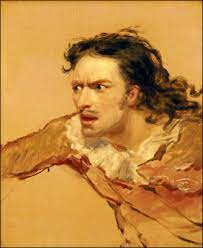
Edmund Kean
1789-1833: Euro-American stage star
"To see him act, is like reading Shakespeare by flashes of lightning"
Alcoholic, had a pet lion
His performances helped to shape the Romantic era's emphasis on intense emotion and individualism in the arts.
"To see him act, is like reading Shakespeare by flashes of lightning"
Alcoholic, had a pet lion
His performances helped to shape the Romantic era's emphasis on intense emotion and individualism in the arts.
25
New cards
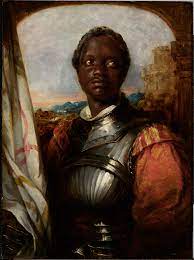
Ira Aldridge
1807-1867
"This performance presented the skill of a consummate knowledge of the human passions, wrought, as it were, to a powerful and fearful reality"
African-american
"This performance presented the skill of a consummate knowledge of the human passions, wrought, as it were, to a powerful and fearful reality"
African-american
26
New cards
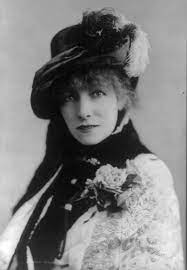
Sarah Bernhardt
1844-1923
"This weak and fragile being dominates you... I cannot imagine that anyone would not abandon themself to her power”
Struggles with anti-semitism, loss of leg due to injury
"This weak and fragile being dominates you... I cannot imagine that anyone would not abandon themself to her power”
Struggles with anti-semitism, loss of leg due to injury
27
New cards
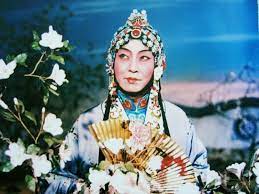
Mei Lanfang
(1894-1961) Most successful and famous 20th c performer of Beijing opera. Came from family of performers. Made female roles more important. Noted for technical precision. Influential on European and American theater artists. Toured Japan, US, Russia, in 1920s and 1930s. Infleuence Brecht's therories of acting . Refused to perform during the chinese occupation of Japan
Became the leading Dan actor in China at a time of social transformation and civil war. The male, aristocratic audience of the imperial age was being transformed by the entry of women and the Middle classes. Traditional plays were being mixed with ‘modern dress’ operas. New character ‘types’ were evolving. Mei was associated with all of these changes, especially with his invention of a new female type, the huashan (a vivacious AND virtuous woman).
Mei, more than any other Dan of the Republic, was famous for his beauty and sexiness. How could mei focus attention on the physical beauty of high-status female characters and, instead of being denounced, win the approval of elites, critics, politicians, and the general public to become the most famous actor of his era, and eventually a symbol of Chinese culture
To become a national icon, it was necessary that Mei accomplish two radically different performances: onstage performances of virtuous, traditional femininity, and offstage performances of modern male citizenship
Became the leading Dan actor in China at a time of social transformation and civil war. The male, aristocratic audience of the imperial age was being transformed by the entry of women and the Middle classes. Traditional plays were being mixed with ‘modern dress’ operas. New character ‘types’ were evolving. Mei was associated with all of these changes, especially with his invention of a new female type, the huashan (a vivacious AND virtuous woman).
Mei, more than any other Dan of the Republic, was famous for his beauty and sexiness. How could mei focus attention on the physical beauty of high-status female characters and, instead of being denounced, win the approval of elites, critics, politicians, and the general public to become the most famous actor of his era, and eventually a symbol of Chinese culture
To become a national icon, it was necessary that Mei accomplish two radically different performances: onstage performances of virtuous, traditional femininity, and offstage performances of modern male citizenship
28
New cards
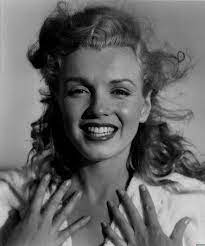
Norma Jean Baker
Marilyn Monroe's real name Born to a single mother who was eventually hospitalized due to mental illness, Norma Jeane Baker had a hard childhood moving between foster homes, and was married at 16
She idolized Hollywood star Jean Harlow and modelled her look after Harlow's Her professional name "Marilyn Monroe," given to her when she signed her first contract with Twentieth-Century Fox, combined her mother's maiden name and the name of a Broadway star, Marilyn Miller
Will Scheibel proposes that “Monroe, as a female star, seems to dramatize the conflict within women between opposing pressures to be an object for men and a subject for themselves“
She idolized Hollywood star Jean Harlow and modelled her look after Harlow's Her professional name "Marilyn Monroe," given to her when she signed her first contract with Twentieth-Century Fox, combined her mother's maiden name and the name of a Broadway star, Marilyn Miller
Will Scheibel proposes that “Monroe, as a female star, seems to dramatize the conflict within women between opposing pressures to be an object for men and a subject for themselves“
29
New cards
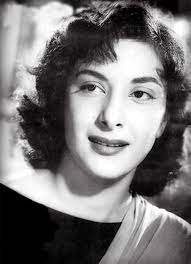
Nargis
Born Fatima Rashid, in Kolkata to a Muslim family of mixed Muslim and Hindu descent
Daughter of Jaadanbai Hussein, a famed musician and a pioneer of Hindi film music
Starts her cinema career as a childhood "Baby Nargis"
Gains superstardom in the late 1940s and 50s, especially through her work with Raj Kapoor
Daughter of Jaadanbai Hussein, a famed musician and a pioneer of Hindi film music
Starts her cinema career as a childhood "Baby Nargis"
Gains superstardom in the late 1940s and 50s, especially through her work with Raj Kapoor
30
New cards

Shah Rukh Khan
"King of Bollywood" and/or "King Kahn"
Red Chillies entertainment, Bollywood film industry
Red Chillies entertainment, Bollywood film industry
31
New cards
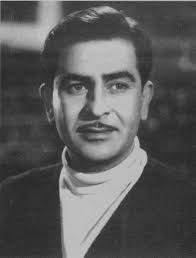
Raj Kapoor
Master showman of hindi film.
Scripts were to praise the poor and satirize the rich
Perfecting the formula
Kapoor was known for his innovative and socially conscious films that tackled issues such as poverty, injustice, and the plight of the common man
Owned the production studio R.K. Films
Scripts were to praise the poor and satirize the rich
Perfecting the formula
Kapoor was known for his innovative and socially conscious films that tackled issues such as poverty, injustice, and the plight of the common man
Owned the production studio R.K. Films
32
New cards

Amitabh Bachchan
This Indian actor is a very well-known actor, and he is one of the most popular film actors in the world, known as "Big B" and "Star of the Millenium"
He is credited with changing the face of Hindi cinema by introducing the "angry young man" persona in the 1970s, which resonated with the masses and brought a new wave of realism and social commentary to Bollywood films
\
He is credited with changing the face of Hindi cinema by introducing the "angry young man" persona in the 1970s, which resonated with the masses and brought a new wave of realism and social commentary to Bollywood films
\
33
New cards
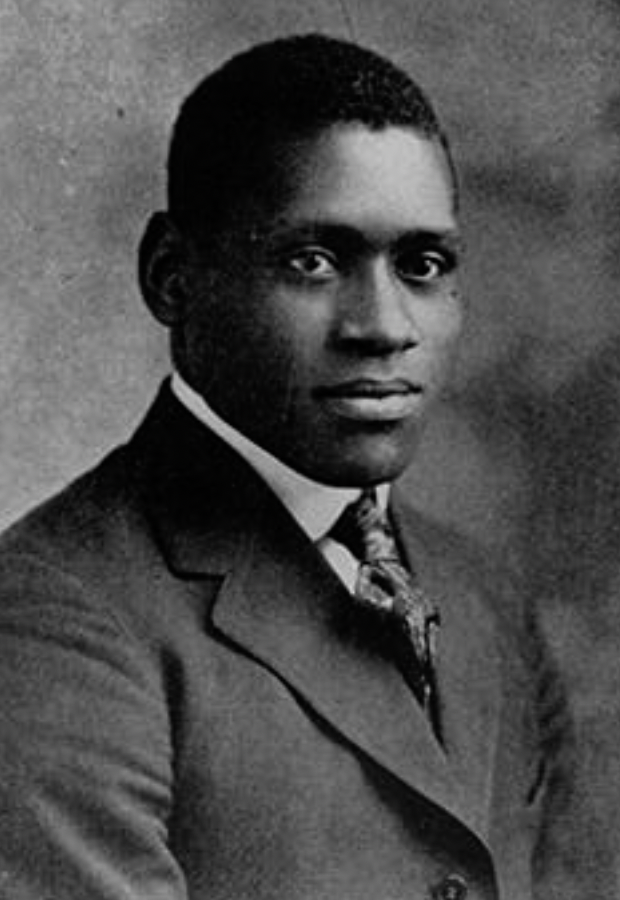
Paul Robeson
African American actor and singer who promoted African American rights and left-wing causes
\
\
34
New cards
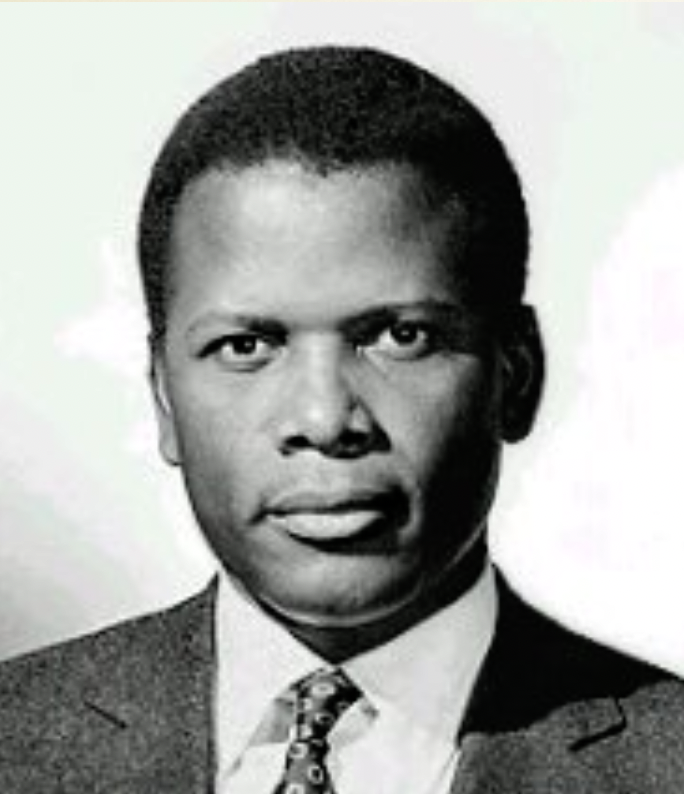
Sidney Poitier
African American actor
Inheritor of Paul Robeson
1st Best Actor Oscar by a person of color
Inheritor of Paul Robeson
1st Best Actor Oscar by a person of color
35
New cards
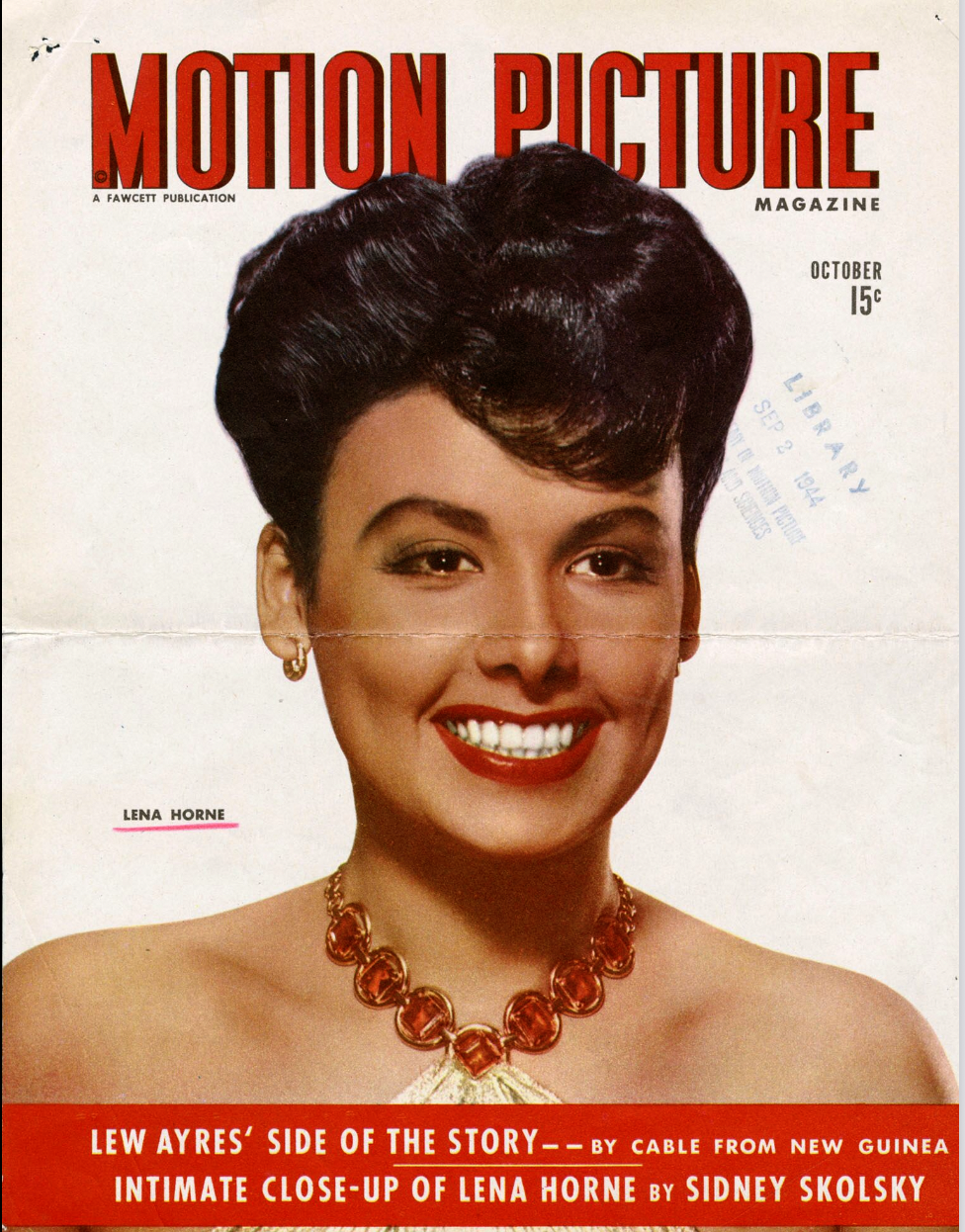
Lena Horne
Gained fame as a singer in New York's Cotton Club and at the legendary Cafe Society, New York's first racially-integrated club, where she worked alongside Paul Robeson and Billie Holiday
She signed a contract with MGM in 1942, but became increasingly frustrated after she was repeatedly cast in single-scene 'torch singer' roles In the 1950s, she turned back to the stage and became a major figure in the Civil Rights struggle
She signed a contract with MGM in 1942, but became increasingly frustrated after she was repeatedly cast in single-scene 'torch singer' roles In the 1950s, she turned back to the stage and became a major figure in the Civil Rights struggle
36
New cards
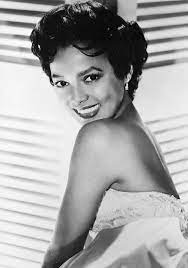
Dorothy Dandridge
The first african american actress to be nominated for a best actress oscar, began her career as a child singing star alongside her two sisters
In Hollywood, she was often cast in "exotic" and/or sex symbol roles, or in the part of the "tragic mulatta"
A contemporary of Marilyn Monroe and often compared to her, Dandridge tragically died of a drug overdose at age 42
In Hollywood, she was often cast in "exotic" and/or sex symbol roles, or in the part of the "tragic mulatta"
A contemporary of Marilyn Monroe and often compared to her, Dandridge tragically died of a drug overdose at age 42
37
New cards
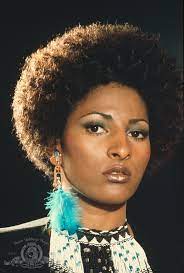
Pam Grier
A shift came in the 1970s, when Pam Grier "became \[...\] the most important Black female star between Dorothy Dandridge and Whoopi Goldberg."
She gained stardom in the controversial, low-budget, and hugely popular Blaxploitation films
She gained stardom in the controversial, low-budget, and hugely popular Blaxploitation films
38
New cards

Publicity Photo of Sarah Bernhardt Sleeping in Her Own Coffin
The photo was used as a promotional tool to promote her performances and to generate publicity for her work. It was also seen as a powerful symbol of her persona as an actress and her ability to create a sense of drama and intensity.
In the Romantic era, stardom was often associated with larger-than-life personas and dramatic performances. The public was fascinated by actors who were able to create a sense of spectacle on stage, and Bernhardt was able to do just that. The photo of her sleeping in her own coffin played into this fascination with drama and spectacle, and helped to cement her status as a star.
The photo also demonstrates Bernhardt's willingness to take risks and push boundaries in her performances. This willingness to challenge convention and push the limits of what was considered acceptable on stage was a hallmark of Romantic-era stardom
In the Romantic era, stardom was often associated with larger-than-life personas and dramatic performances. The public was fascinated by actors who were able to create a sense of spectacle on stage, and Bernhardt was able to do just that. The photo of her sleeping in her own coffin played into this fascination with drama and spectacle, and helped to cement her status as a star.
The photo also demonstrates Bernhardt's willingness to take risks and push boundaries in her performances. This willingness to challenge convention and push the limits of what was considered acceptable on stage was a hallmark of Romantic-era stardom
39
New cards
Monroe as an Object vs Subject
Object:
* Monroe began her performing career as a model, first in images taken at the munitions factory where she worked during WW2, and later with an agency in LA.
* She became famous as a “pin-up girl” in men’s magazines and advertising, and returned to modelling after her first effort at getting into movies failed.
* The revelation that she had posed nude for a men’s calendar during this period eventually helped, more than harmed, her second try at a movie career
Subject:
* Scheibel argues that Monroe’s films “reveal another image less readily acknowledged—one of self-awareness, irony, and contradiction, often sympathetic to female subjectivity and sexuality, pleasure and desire, and frustration and suffering.”
* Monroe can be read as an ironic performer of feminine archetypes who deliberately points up the performative and constructed nature of her hyper-feminine persona.
* Her acting can also be read as revealing the struggles underneath her characters’ glamorous facades...
* Monroe began her performing career as a model, first in images taken at the munitions factory where she worked during WW2, and later with an agency in LA.
* She became famous as a “pin-up girl” in men’s magazines and advertising, and returned to modelling after her first effort at getting into movies failed.
* The revelation that she had posed nude for a men’s calendar during this period eventually helped, more than harmed, her second try at a movie career
Subject:
* Scheibel argues that Monroe’s films “reveal another image less readily acknowledged—one of self-awareness, irony, and contradiction, often sympathetic to female subjectivity and sexuality, pleasure and desire, and frustration and suffering.”
* Monroe can be read as an ironic performer of feminine archetypes who deliberately points up the performative and constructed nature of her hyper-feminine persona.
* Her acting can also be read as revealing the struggles underneath her characters’ glamorous facades...
40
New cards
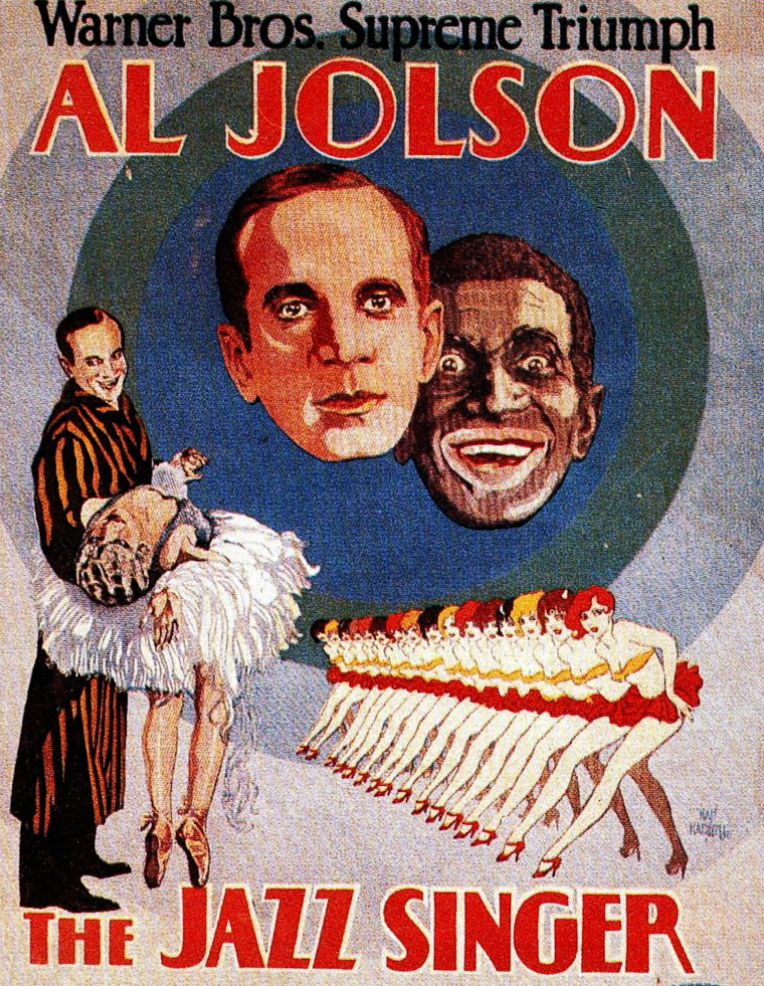
Blackface and Hollywood stardom: The Jazz Singer
Thanks in part to The Jazz Singer, African-American singers became popular performers in Hollywood ‘talkies’ of the late 1920s and 1930s.
Certain supporting roles in the Hollywood ‘stable’ became associated with African-Americans: for example, ‘Uncle Tom’ and the ‘Mammy’ (see Hattie McDaniel’s Oscar-winning performance in Gone with the Wind)
The early studios believed, however, that a white audience would not accept a ‘Black Star.’
Certain supporting roles in the Hollywood ‘stable’ became associated with African-Americans: for example, ‘Uncle Tom’ and the ‘Mammy’ (see Hattie McDaniel’s Oscar-winning performance in Gone with the Wind)
The early studios believed, however, that a white audience would not accept a ‘Black Star.’
41
New cards
Modern Paul Robson Inheritors
Morgan Freeman
Samuel L Jackson
Denzel Washington
Idris Ebla
Michael B Jordan
Samuel L Jackson
Denzel Washington
Idris Ebla
Michael B Jordan
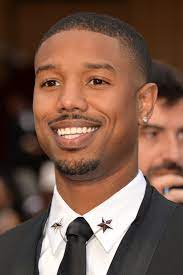
42
New cards
Pam Grier and Blaxpolitation
a “positional producer”: In Women of Blaxploitation, Yvonne Sims argues that Grier’s heroines “redefined African American beauty, sexuality, and womanhood” through:
* an “edgy screen image, as a heroine who is trying to negotiate space in a racist, sexist world”
* Her ability to “code shift” between classy and tough personae
Grier was a “positional producer” who shaped her own roles in films often seen as objectifying her: “However flagrantly explotational, these films also opened up narrative space for Grier to showcase her talents as a performer and to develop her socially resonant and culturally influential screen image”
* an “edgy screen image, as a heroine who is trying to negotiate space in a racist, sexist world”
* Her ability to “code shift” between classy and tough personae
Grier was a “positional producer” who shaped her own roles in films often seen as objectifying her: “However flagrantly explotational, these films also opened up narrative space for Grier to showcase her talents as a performer and to develop her socially resonant and culturally influential screen image”

43
New cards
Pam Grier Inheritors
Halle Berry
Whoopi Goldburg
Viola Davis
Octavia Spencer
Whoopi Goldburg
Viola Davis
Octavia Spencer

44
New cards

Mei Lanfangs influence on Brecht's therories of acting
Mei was influential in relation to the use of “gestus”
Brecht was struck by Mei's ability to communicate complex emotions and social messages through highly stylized and symbolic movements. Brecht was particularly impressed by Mei's ability to create a sense of distance or "alienation" between the performer and the audience, which he saw as a key element of his own approach to theatre.
Brecht's encounter with Mei's performances led him to develop a greater appreciation for the physical and gestural aspects of performance, and he began to incorporate elements of Chinese opera into his own work. In particular, he drew on Mei's use of highly stylized movements and symbolic gestures to communicate social and political themes in his own productions (gestus).
Brecht's use of gestus was heavily influenced by Mei's performances, and he saw it as a way of creating a theatrical language that would be universally accessible and politically engaged. By using highly stylized gestures and movements to communicate social and political messages, Brecht believed that he could create a theatre that would be both intellectually challenging and emotionally engaging
Brecht was struck by Mei's ability to communicate complex emotions and social messages through highly stylized and symbolic movements. Brecht was particularly impressed by Mei's ability to create a sense of distance or "alienation" between the performer and the audience, which he saw as a key element of his own approach to theatre.
Brecht's encounter with Mei's performances led him to develop a greater appreciation for the physical and gestural aspects of performance, and he began to incorporate elements of Chinese opera into his own work. In particular, he drew on Mei's use of highly stylized movements and symbolic gestures to communicate social and political themes in his own productions (gestus).
Brecht's use of gestus was heavily influenced by Mei's performances, and he saw it as a way of creating a theatrical language that would be universally accessible and politically engaged. By using highly stylized gestures and movements to communicate social and political messages, Brecht believed that he could create a theatre that would be both intellectually challenging and emotionally engaging